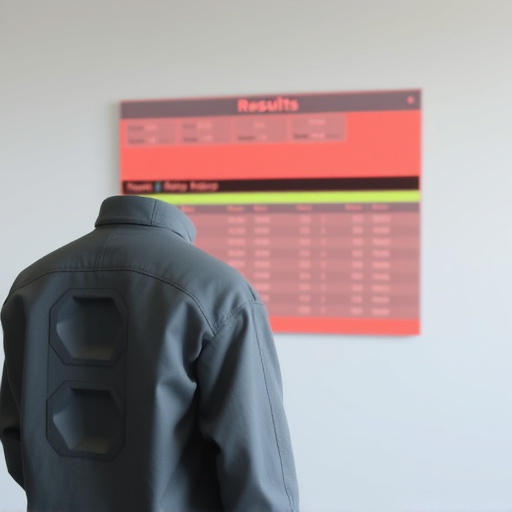Street performers can enhance their craft's sustainability in urban areas by adhering to legal standards for legal cold air intake (CAI) systems and emissions control. Understanding local regulations, especially in regions with air pollution concerns, ensures responsible equipment operation while maintaining the cultural vibrancy of public spaces. Advanced CAI technologies filter pollutants, improve engine efficiency, reduce emissions, and enhance performance, allowing performers to stay within legal limits and contribute to a cleaner environment during their shows.
“In many cities, street performances bring energy and color to urban spaces. However, ensuring these activities meet legal standards, especially regarding emissions, is crucial for both artists’ safety and environmental preservation. This article explores the intricate world of legal street performance upgrades, focusing on the role of cold air intake systems in controlling emissions while enhancing overall performance. By delving into these aspects, we aim to guide performers and enthusiasts towards environmentally conscious practices.”
- Understanding Legal Street Performance Standards
- The Role of Cold Air Intake Systems in Emissions Control
- Upgrading for Better Street Performance and Environmental Compliance
Understanding Legal Street Performance Standards

In many cities, street performances bring energy and cultural diversity to urban spaces. However, for performers, understanding and adhering to legal street performance standards is essential to avoid fines or disruptions. One crucial aspect involves ensuring that their equipment meets environmental regulations, especially when it comes to emissions. This includes modifying tools like legal cold air intake systems to minimize any adverse impact on air quality, which can be a common requirement for outdoor performances.
Performers need to familiarize themselves with local laws and guidelines regarding emissions control, especially in areas where air pollution is a concern. By keeping up with these standards, artists can continue to enjoy their craft while respecting environmental regulations, ensuring that their performances are both entertaining and sustainable.
The Role of Cold Air Intake Systems in Emissions Control

Legal cold air intake (CAI) systems play a crucial role in modern vehicle emissions control. Unlike their unrestricted counterparts, CAIs are designed to draw air from outside the engine compartment, often through openings in the fender or grille, and directly into the engine’s intake manifold. This direct path provides several environmental benefits. First, it ensures a consistent supply of cool, clean air, which is denser than warm air, allowing for improved combustion efficiency and reduced fuel consumption. Second, by drawing air from outside the vehicle, CAIs minimize the ingestion of hot exhaust gases, which can lead to lower emissions of nitrogen oxides (NOx).
Moreover, legal cold air intake systems are engineered to prevent the intake of harmful pollutants like dust, debris, and moisture. This filtration process helps maintain optimal engine performance while reducing the risk of damaging components due to foreign particles. In regions with stringent emission standards, CAIs can be a game-changer for street performers who use their vehicles as mobile stages. By complying with legal requirements for emissions control, these artists can continue to entertain audiences without contributing to air pollution, ensuring a harmonious balance between creative expression and environmental responsibility.
Upgrading for Better Street Performance and Environmental Compliance

Legal street performance upgrades often involve enhancing vehicles’ cold air intake systems, which can significantly impact overall efficiency and environmental compliance. By integrating advanced filtration and induction technologies, these systems ensure that engines receive a steady supply of clean, cool air, optimizing combustion and boosting power output. This, in turn, enhances the overall street performance, making vehicles more responsive and faster without compromising on emissions standards.
Moreover, focusing on legal cold air intake systems not only improves vehicle dynamics but also contributes to reducing harmful emissions. Modern filtration mechanisms trap minuscule particles and pollutants, allowing cleaner air to enter the engine while preventing toxic substances from entering the atmosphere. This not only benefits the environment but also ensures that street performances adhere to local regulations, avoiding hefty fines and potential legal issues related to excessive emissions.
Legal street performance standards require a balance between efficient vehicle operation and environmental protection. Upgrading to legal cold air intake (CAI) systems is one effective way to enhance engine performance while maintaining strict emissions compliance. By ensuring optimal airflow, these systems contribute to both improved street performance and reduced harmful emissions, demonstrating that adhering to regulations can go hand in hand with technological advancement.














